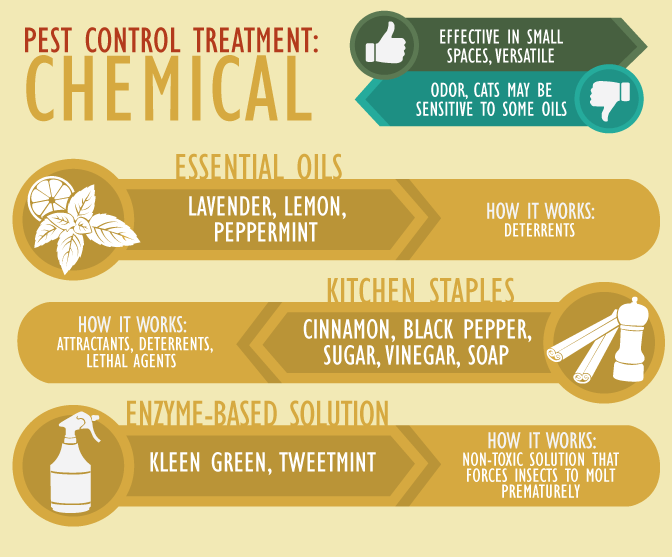Imagine your attic as a comfy Airbnb for rodents, with insulation as fluffy as hotel cushions and electrical wiring a lot more tempting than space service. Now, imagine these unwanted visitors throwing a wild event in your house while you're away. As a home owner, ensuring your attic is rodent-proof is not nearly assurance; it's about safeguarding your building and loved ones. So, what easy actions can you take to guard your sanctuary from these hairy intruders?
Examine for Entrance Information
To start rodent-proofing your attic, inspect for access points. Start by thoroughly examining the exterior of your home, looking for any openings that rats might use to access to your attic room. Check for voids around utility lines, vents, and pipes, in addition to any fractures or holes in the structure or home siding. Make sure to pay very close attention to areas where different structure materials satisfy, as these prevail access factors for rats.
In addition, evaluate the roof for any kind of harmed or missing roof shingles, along with any voids around the edges where rats can press via. Inside the attic, look for indications of existing rodent activity such as droppings, chewed cables, or nesting products. Use look at this web-site to thoroughly inspect dark edges and covert spaces.
Seal Cracks and Gaps
Examine your attic extensively for any type of splits and spaces that need to be secured to prevent rodents from going into. https://www.treehugger.com/are-animal-fostering-costs-tax-deductible-127747 can press with also the smallest openings, so it's important to secure any type of prospective entry points. Check around pipelines, vents, wires, and where the wall surfaces fulfill the roof covering. Utilize a combination of steel woollen and caulking to seal these openings effectively. Steel wool is a superb deterrent as rodents can not chew through it. Make certain that all gaps are tightly secured to refute access to unwanted bugs.
Do not overlook the importance of sealing spaces around doors and windows too. Usage weather removing or door moves to seal these locations successfully. Inspect the locations where energy lines go into the attic room and secure them off making use of an appropriate sealer. By taking the time to seal all cracks and spaces in your attic, you produce an obstacle that rats will certainly find hard to violation. Read More In this article is type in rodent-proofing your attic room, so be extensive in your initiatives to seal off any kind of potential entry factors.
Remove Food Resources
Take proactive procedures to eliminate or keep all potential food resources in your attic to hinder rats from infesting the area. Rodents are brought in to food, so eliminating their food resources is critical in keeping them out of your attic room.
Right here's what you can do:
1. ** Shop food securely **: Stay clear of leaving any type of food items in the attic. Store all food in closed containers made from steel or heavy-duty plastic to prevent rats from accessing them.
2. ** Clean up debris **: Get rid of any kind of stacks of particles, such as old newspapers, cardboard boxes, or wood scraps, that rats could use as nesting product or food resources. Keep the attic clutter-free to make it less appealing to rats.
3. ** Dispose of trash appropriately **: If you utilize your attic room for storage and have garbage or waste up there, ensure to dispose of it regularly and effectively. Decaying garbage can draw in rodents, so maintain the attic clean and free of any type of organic waste.
Conclusion
In conclusion, remember that an ounce of prevention deserves a pound of treatment when it involves rodent-proofing your attic room.
By putting in the time to check for access factors, seal fractures and gaps, and eliminate food sources, you can keep undesirable insects away.
Bear in mind, 'An ounce of prevention deserves a pound of remedy' - Benjamin Franklin.
Remain positive and secure your home from rodent problems.
